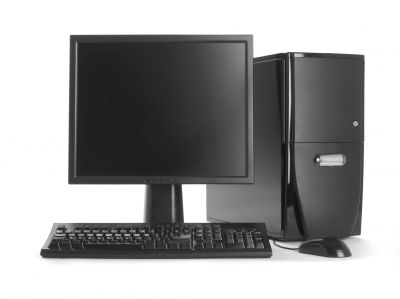
Major advances in concurrent computing and transactional memory (TM) promise to take simplicity of parallel programming and computing speeds to the next level.

A new way of gathering valuable geo-based data from a variety of sources promises to help smaller businesses become more competitive.
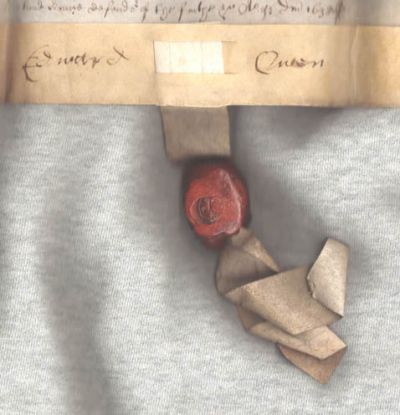
Parchment was the medium of medieval Europe. An EU-funded study developed an innovative, non-destructive way to identify the animal species used to develop this material.
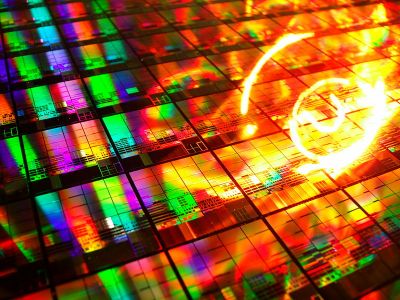
Interactions of light and matter form the basis of numerous phenomena and novel devices. With their one of a kind experimental setup, scientists have produced pioneering results with ultra-short coherent light bursts in semiconductor nanostructures.
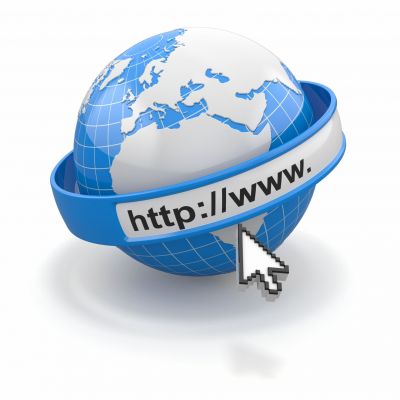
How can we make predictions of people’s activities based on internet links? What can we learn from patterns of usage on the internet? The EU’s NADINE project is establishing algorithms and methods of analysing activities online that will shine a light on relationships between subjects, countries and even trading commodities.
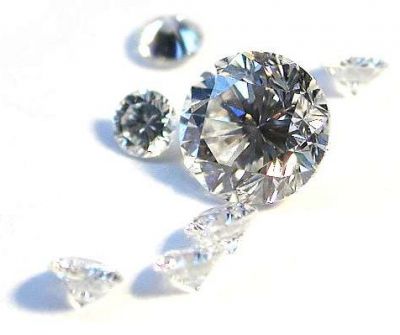
Diamonds – highly desirable lumps of carbon. But while their use to jewellers is well known, their hidden secrets are being revealed by the DIADEMS project. By modifying the structure of a diamond crystal, the project creates a new material that could be used in applications, from the creation of smart medicines to the next generation computers. The EU project is helping Europe stay at the forefront of research into atomic scale sensors.
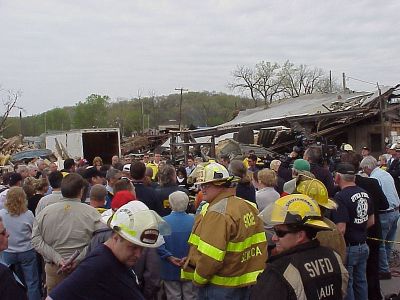
An EU team is developing a communication system able to handle both routine and post-emergency demands.
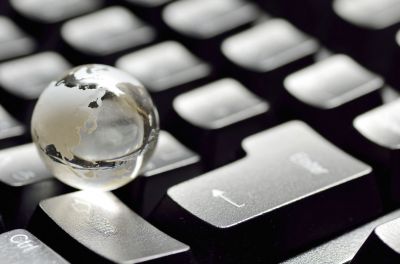
An EU group supported small and medium-sized enterprise (SME) innovation by developing a specialised search tool. The result is new techniques for information retrieval and extraction and customised applications for everyday use with legacy systems.
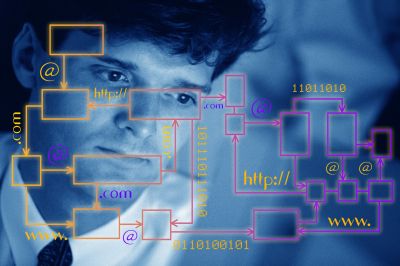
Studies into the ethical, social and legal aspects (ESLA) of information and communications technology (ICT) are fragmented and carried out on an ad hoc basis. EU-funded researchers performed a systematic analysis of these areas to pre-empt possible issues resulting from the prevalence of ICT.
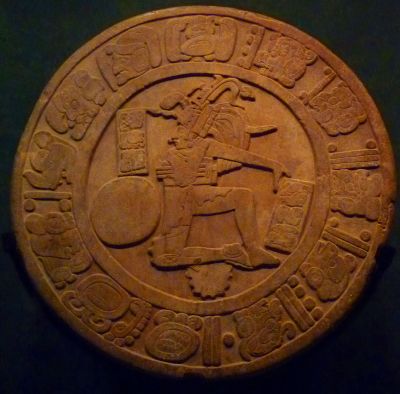
Digital technologies provide a unique opportunity to preserve, access and spread our cultural heritage. But what are their socio-economic and technological impacts? The MAXICULTURE project provides a toolkit for measuring projects’ socio-economic and technological impact and how they can best use ICT in the cultural heritage domain.
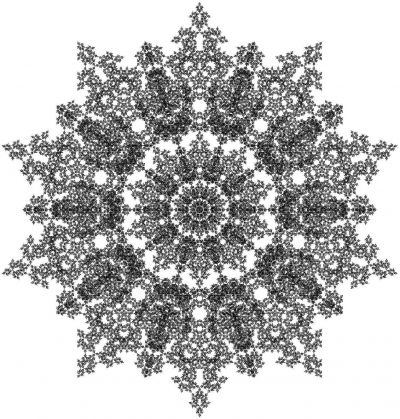
The Finnish start-up CyberLightning used FI-WARE, a set of online services for developers, to create a new software platform named CyberVille®. This 3D visualisation tool can monitor Internet of Things networks such as Smart Grids and Smart City infrastructures.
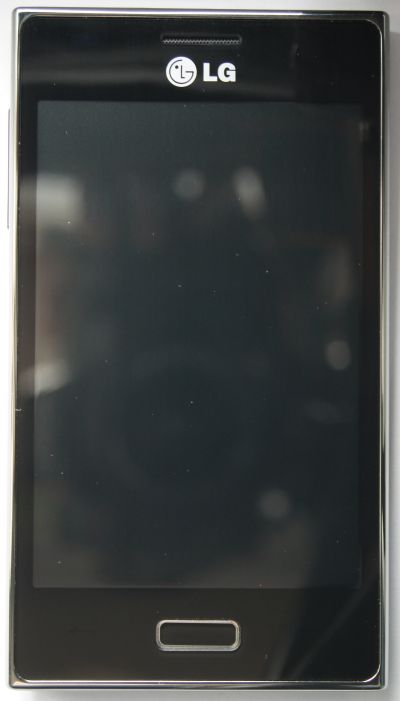
An EU research project is developing tools to help software engineers create energy-efficient code, which could reduce electricity consumption at data centres by up to 50% and improve battery life in smart devices.
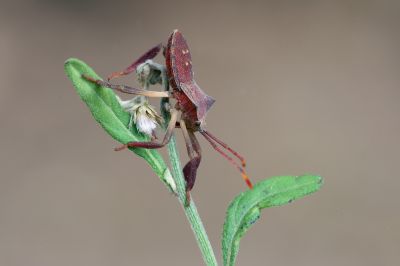
Data sharing tools developed by an EU project are helping scientists worldwide understand more about the planet’s millions of species.
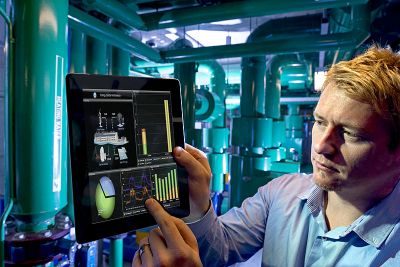
EU researchers have come up with an innovative security framework that gives both web users and developers greater protection against cyber attacks.
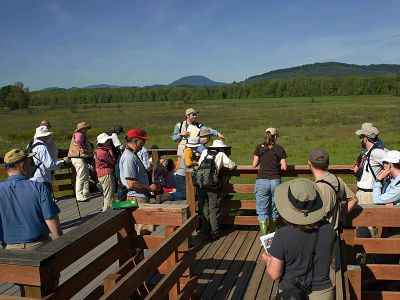
The EU SOCIETIES ICT research project has spawned a host of tools and applications allowing people to form smart communities in which they can discover, connect and organize “relevantly” with one another.
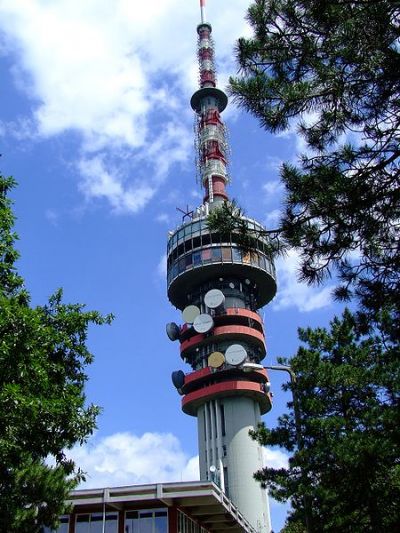
European broadcasters and technology companies have teamed up to set the trend for future TV services. Thanks to EU funding under the HBB-NEXT project, they were able to further the integration of TV and Internet technologies.

An EU-funded initiative for creating a European music industry roadmap has led to a series of music technology events around the world. Five Music Tech Fest events have already been held and 13 more are scheduled for the coming year, covering eight countries and drawing hundreds of participants.
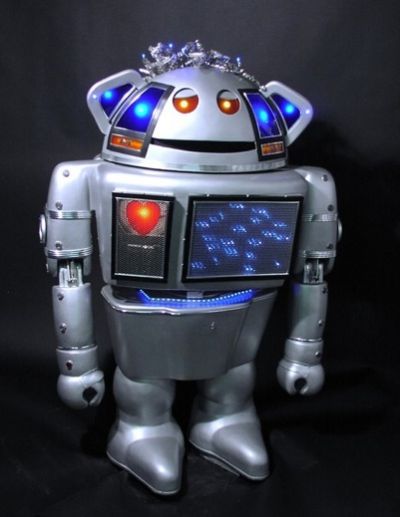
EU-funded researchers are demonstrating revolutionary robotic techniques inspired by plants, featuring a 3D-printed ‘trunk’, ‘leaves’ that sense the environment and ‘roots’ that grow and change direction.
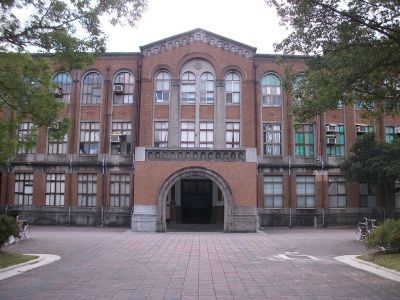
Europe’s historic buildings draw visitors from all over the world. But keeping them energy-efficient without having to carry out significant construction work can be a struggle. The EU-funded project SEEMPUBS plans on using a new ICT-based monitoring, visualisation and control system to reduce these buildings’ energy consumption, cope with the already-installed energy systems and avoid possible damages caused by important building interventions.
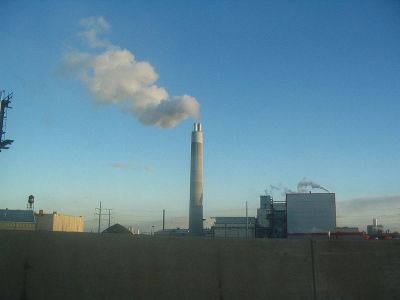
Did you ever see pollution level indicators displayed in big European cities? The EXPOSOMICS project is looking to make them obsolete. Not only will their technology determine the exact impact of pollutant exposure on our health, but it could eventually land in your pocket - as a smartphone app.
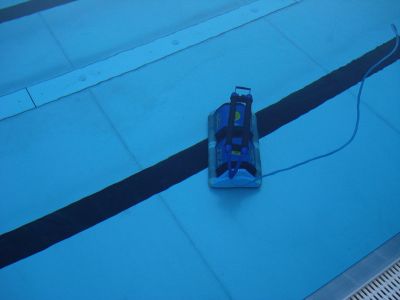
It is where we all came from and it is vital to our future, but the earth’s oceans, seas and waterways remain a mystery to us – a final frontier. The Sunrise project is at the forefront of a revolution in communications, creating an underwater ‘internet of things’, that will mobilise robots to work in groups, interacting together and passing back information to us on life underwater.
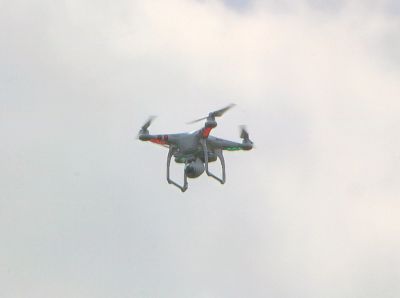
There are many situations where it’s impossible, complicated or too time-consuming for humans to enter and carry out operations. Think of contaminated areas following a nuclear accident, or the need to erect structures such as antennae on mountain tops. These are examples of where flying robots could be used.
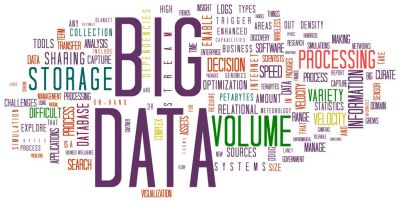
In a society that has to understand increasingly big and complex datasets, EU researchers are turning to the subconscious for help in unraveling the deluge of information.

In its Communication on the data-driven economy , the European Commission outlines a raft of measures aimed at helping SMEs exploit Big Data to win new commercial opportunities.
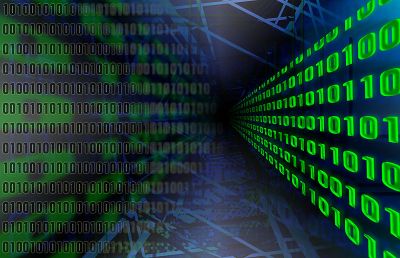
Forget the monopoly of in vitro, the study of biology in test tubes. The real cutting edge of medical science is in silico, and European researchers have just achieved a world first in the field.
























